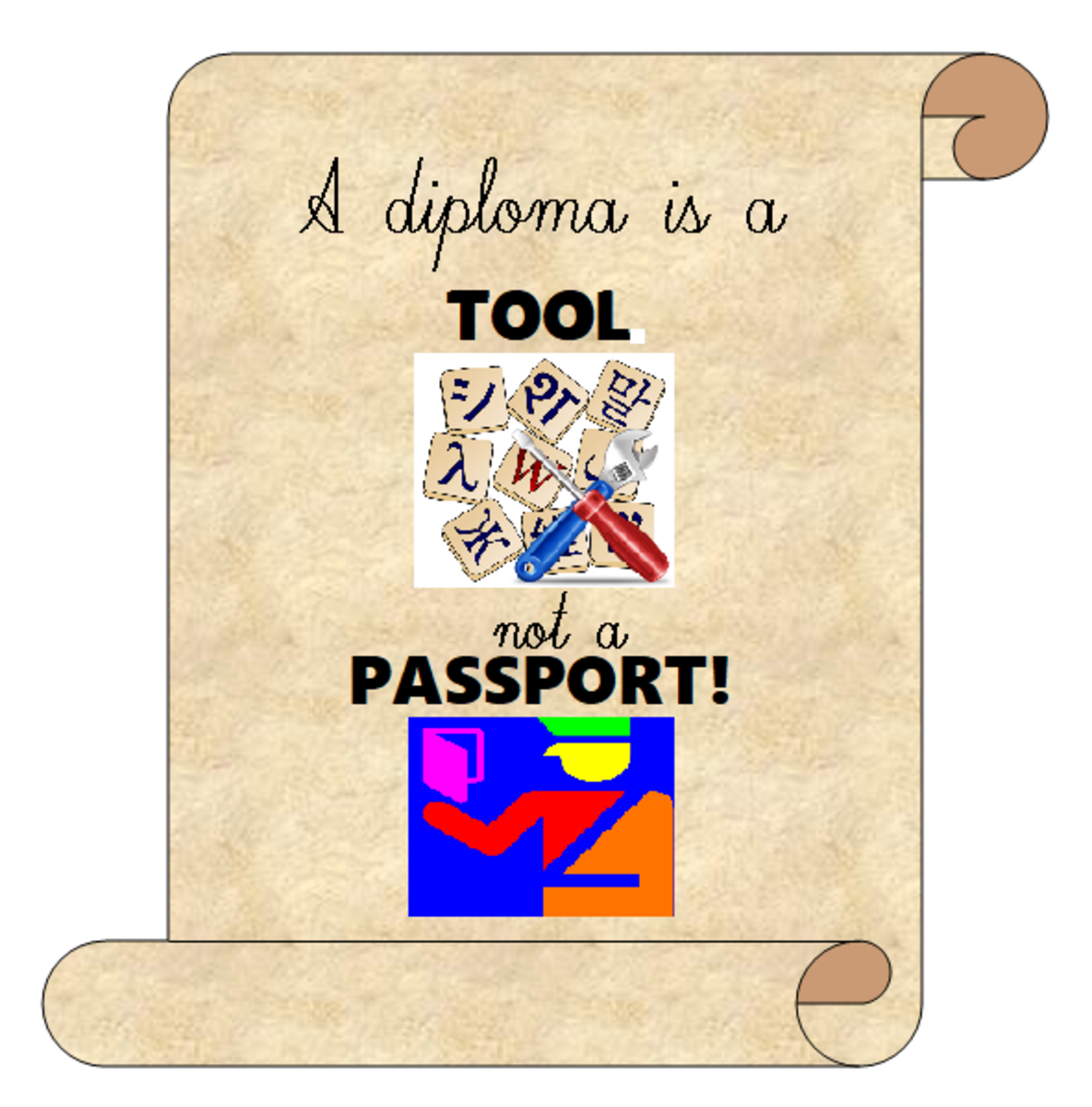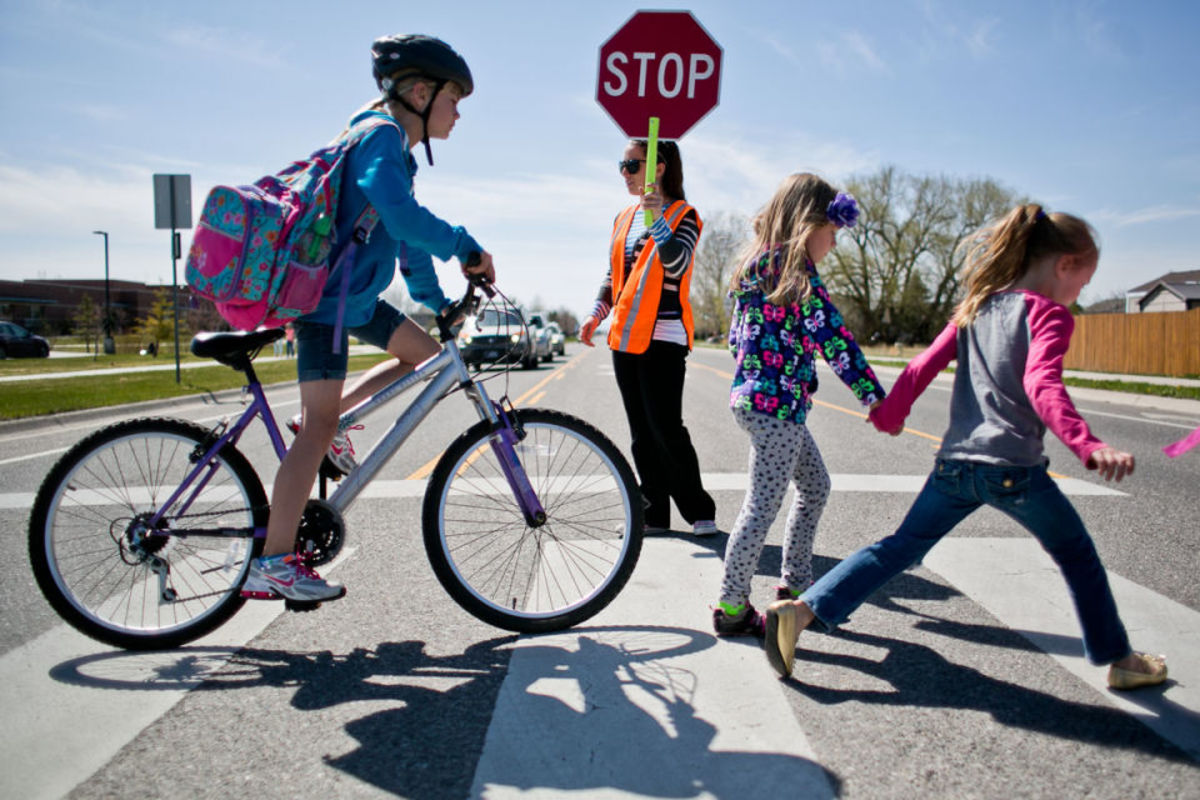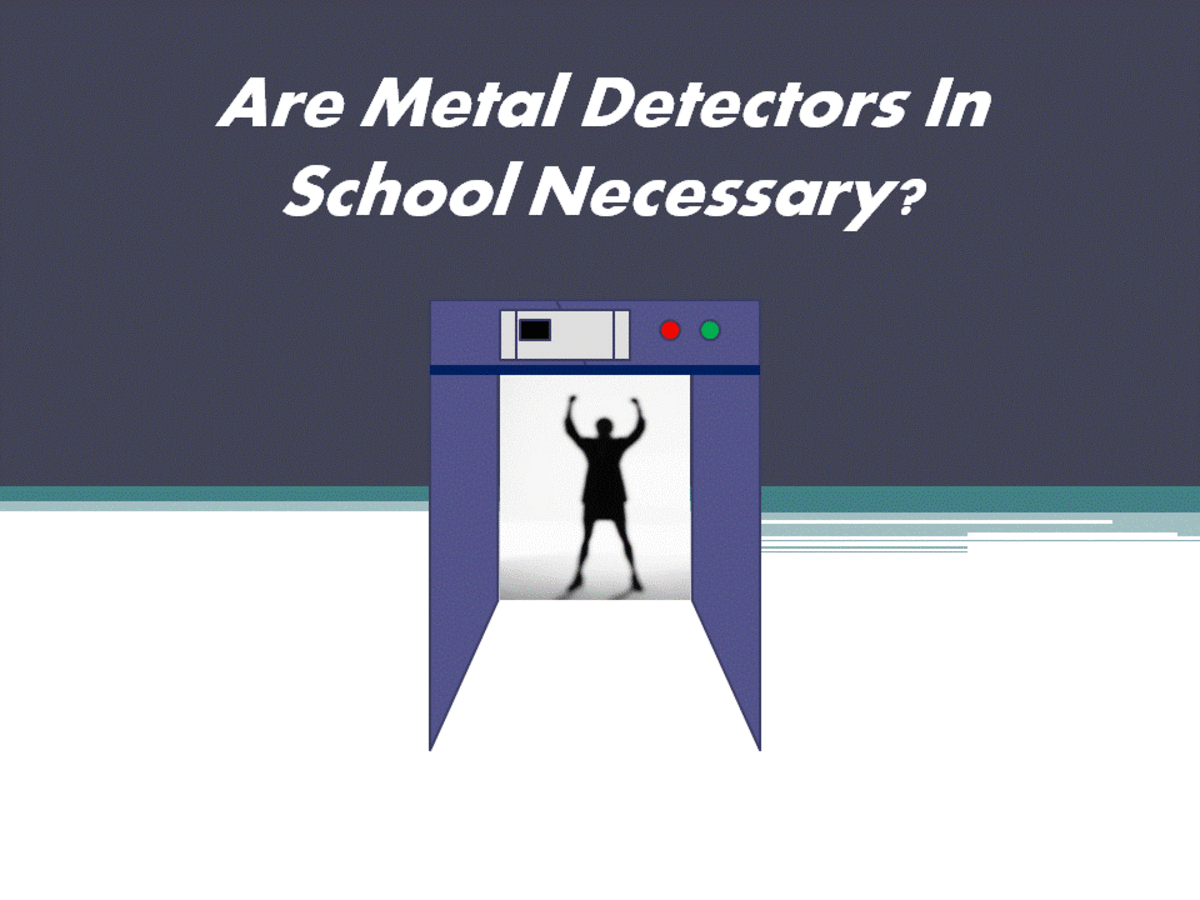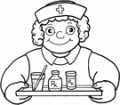Zero Tolerance, Zero Intelligence, Part 4: School Safety, Self-regulation, & Social Skills
School Safety
The National Research Council and Institute of Medicine have stated that the data points to at least 25 percent of the U.S. population ages 25 and under being afflicted by some kind of mental health disorder. Disorders can range from basic anxiety or depression to more significant disorders such as clinical depression, schizophrenia, or bipolar disorder. Frequently substance abuse during children, adolescents, and adults are common as an attempt to escape from the symptoms of mental health disorders. More often than not, key indicators for these disorders can be observed by the age of 14, but warning signs frequently show up as much as four years before a mental disorder becomes fully developed (O'Neill). What is more, the research backs this trend up as being something that is affecting the entire world rather than affecting particular nations or cultures (Wei). One such study showed that students who are socially isolated have a much higher likelihood of resorting to substance abuse, to engage in criminal behavior, and to be bullied or become highly aggressive. Development of clinical depression typically follows, which in turn significantly increases their risk of suicide (Rondón). Students with these symptoms are at a greater risk of dropping out of school because of antagonism and bullying-like behaviors. It turns out that dropping out of high school is also a major predictor of the likelihood of incarceration for criminal behaviors. This does not even take into account the high probability of these symptoms developing into major mental illnesses that put the student and his or her peers at greater risk of physical harm (Kem). The lack of a robust and reliable infrastructure to identifying and assessing these challenges has resulted in these issues going untreated and misunderstood. Yet this lack of infrastructure and support could be alleviated if schools were equipped with identification tools, educational tools, and policies that focused on helping these students rather than penalizing them. Ignorance of mental health problems results in parents, teachers, administrators, peers, police, judges, and other authority figures making choices that typically worsen the problem. The application of education has been proven over and over again to correct and prevent the very problems that plague schools and which waste so much time and resources while leaving the students worse off.

In some respects, untreated mental problems can be as destructive as any communicable disease. Students who struggle with mental illness have a higher likelihood of acting like bullies. Being bullied has been shown to result in increased risk of mental illness for the victim. So by identifying and treating mental illness in students would be like inoculating a school against the spread of other mental illnesses (Faith). It helps that this is something schools are already spending time and resources on. The connection between anti-bullying and anti-suicide efforts lies in mental health education. It has been estimated that 80 percent of children and adolescents who need mental health support and services go unidentified. This contributes to the high levels of bullying and suicides common today, and this is also related to substance abuse for the purpose of escape from mental health-related symptoms (King). The identification and subsequent treatment of students suffering from mental illnesses have a direct contribution to the increased safety of schools, and will also directly result in decreasing bullying, suicides, and substance abuse by students.
Case Study # 5
In the winter of the 2014-15 academic year, a young man (who will remain unnamed to protect his privacy) brought a pocket knife to school in his lunch box along with an apple. This young man had been struggling with, among other things, depression, and was trying to eat more healthy. His grandfather had shown him how to eat an apple by cutting slices off when he was younger, so without thinking about it, he packed the knife and apple that morning. When lunch arrived, he pulled out his food and started to eat. An adult aide saw the knife, and with a soft and kind tone told the student that he could not have that knife and asked him to put it away. This aide immediately informed me since this student was participating in a behavior support program at the middle school. I approached the young man and asked for the knife, which he willingly surrendered. I informed him that unless the school's administration said otherwise that he could get the knife from me at the end of the day. I then immediately reported the incident to the vice principal, including what I said about him being able to take the knife home at the end of the day if they okayed it.
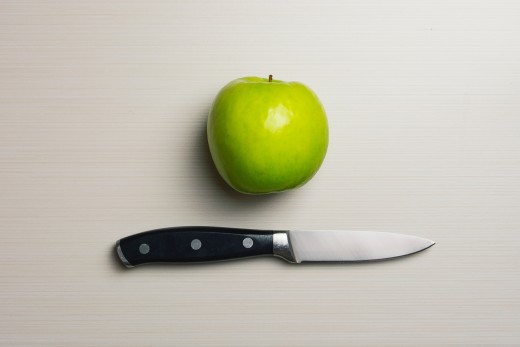
The vice principal asked if I thought this young man was bringing the knife to school with the intent to harm self or others. I stated that unless an apple counts as others that no, there was no intent to harm. He asked me if I had told him to make sure he did not bring a knife to school in the future. I stated that I had ensured that the student was clear that this was very unacceptable, and that if we had to take anything like this from him in the future that his parents would be called in addition to the knife being confiscated. The vice principal nodded and said, "Seems to me that everything is handled then." After school, I had the student place the knife in his backpack and extracted an additional promise that he would never bring a knife to school in the future. The student, embarrassed but relieved, readily agreed. His parents were informed via a phone call but were assured that if there were no further incidents like this that there would be no problems. That conversation quickly turned to report on this student's academic progress and the successes he had had that week. In the end, the student learned a valuable lesson, the safety of the school was maintained while the well-being of the student who brought the contraband item was also kept as a central theme (Recalling the Apple and the Knife).
Teaching Self-regulation & Social Skills
Significant evidence points to teaching self-regulation and social skills significantly benefiting students with risky behavioral challenges. For example, interventions using the Michigan Model of Health and the Positive Action program that focus on basic social skills starting at the elementary level have shown significant benefits as interventions for students that struggle; interventions that go beyond the elementary level and into junior high/middle school and high school levels. Teaching more targeted mental health education has shown an even greater positive impact (O'Neill). What is more, there are significant benefits to be found in normalizing these skills for the general student population rather than just focusing on students who struggle. In the case of one such intervention, there was a significant drop in aggression in the student population just because a curriculum focusing on prosocial behaviors, social skills lessons, and basic coping mechanisms was being included as a part of general education (Powers). Part of the reason this was so impactful is that it resulted in the teaching those essential skills to students with issues that the system could not have detected.
Furthermore, students that do not struggle with these problems are more capable of understanding the problems their struggling peers face and then model the appropriate behavior for them rather than isolating and ostracizing them because they are "weird." This decrease in isolation for students who are struggling with mental illness results in a very powerful intervention that creates healthy relationships and social skills. In another study, which focused on eight and nine year old school children, the students were presented with a curriculum about mental health awareness. After completing the lessons, it was shown that there was a significant difference in how these students thought about those who struggle with mental health issues as compared to how they thought about before the lessons (Sakellari). Another study confirmed and expanded on this information by showing the impact of isolation on struggling students. Isolated students who struggle with mental health problems have a significant increase in symptoms compared to baseline problem behaviors, while the socialization of these students results in a dramatic decrease (Ronón). This has held true for education in any area where general knowledge is incorrect. This is similar to how popular unfavorable beliefs about the education women or minority groups have been disproved through education, and it will take, in part, the inclusion of mental health education in the general education curriculum to remove stigmas that zero tolerance policies have created. In many ways, mental health education and the equitable identification and treatment of the mentally ill could be considered a new frontier for civil rights.
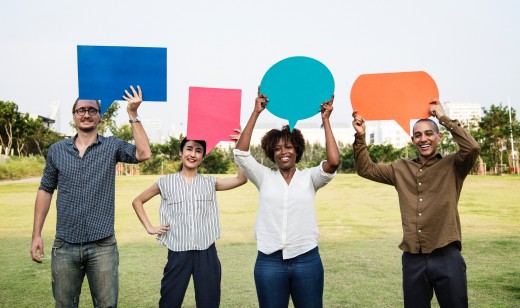
Even in the cases of severe juvenile offenders, the research points to the effectiveness of this approach. A program started by the Wisconsin State Legislature in 1995 sought to address the increasing number of young violent offenders being sent to juvenile detention facilities. The creation of the Mendota Juvenile Treatment Center (MJTC) took place. This residential treatment facility that provided mental health treatment to the most serious and violent juvenile offenders that the other secure facilities in the state could not handle. Those that were transferred to the MJTC were not responding to the efforts of the other detention centers and were increasing in aggression and violence. MJTC combined mental health programs, behavior interventions, and positive reinforcement, and social skills training to good effect. The facility replaced traditional responses that coincide with Zero Tolerance philosophies (punitive measures) with approaches that looked at the behaviors as symptoms of a variety of mental health concerns (Caldwell, Michael F).
The first study done on the MJTC's approach looked at the effectiveness of rehabilitation for the students. The results of the study were impressive. The study followed the subjects as the returned to the community after serving their time in detention. The study also had a control group that did not receive treatment. Recidivism for the treatment group was 52 percent compared to the control group at 73 percent. But the results didn't stop there. The severity of crimes committed also decreased in the treated group. 18 percent of the recidivistic group were violent crimes with only 7 percent involving serious injury to the victims, and no deaths. On the other hand, the control group had a repeat violent crime rate of 37 percent, with 25 percent of the crimes resulting in serious injury or death of the victims (Caldwell, Michael F).

Since cost is always a factor when limited resources are available, the Wisconsin State Legislature required that a study be completed on how cost effective the MJTC was at accomplishing these impressive results. All costs are on a per year basis. The cost for treatment at MJTC was $161,932.23 per youth, while the control group's cost for juvenile detention was $154,917.79. That is an average cost of $7,014.44 more to use MJTC. However, the costs of recidivism was not taken into account in these numbers. When looking at this, the criminal justice costs for MJTC treated students was $5,927.07 per youth as compared to $14,103.24 in the control group. That is a saving of $8,176.17 per offender. On top of this, prison costs were $5,152.90 per treated individual compared to the $47,366.97 per person for the control group. This is an average saving of $42,214.07 per individual per year. This means that the total cost for treatment through the MJTC was on average $173,012.20 compared to $216,388.00 overall. The cost-benefit ratio of MJTC is 1 to 7.18. That's a $7.18 program produced a benefit for each dollar spent (Caldwell, Michael). These numbers only take into account the monies paid for prosecution, detention, and treatment of these individuals. They do not consider the total cost placed on society by the crimes committed. This cost is estimated to be $3.2 trillion dollars per year in the United States alone (Anderson). So imagine it similar treatment options were integrated into a school district, either as a part of the district or in partnership with the mental health community. The main reason for these extremely high costs in the MJTC and juvenile detention is related to housing costs. Since school districts typically do not have to house students except in the most extreme cases, the costs per student would be much lower.
Case Study # 6
On March 7th, 2017, the school resource officer at McNair Middle School near the town of Decatur, Georgia received a tip that there was a student in the school with a gun. His investigations located a weapon and two additional loaded magazines inside the backpack of a 7th grade student. The investigation revealed that the student had had an argument with his chorus teacher in previous weeks, which escalated to the inclusion of a racial slur directed at the teacher by the student. The administration acted quickly by detaining the student and sending a letter out to the parents letting them know in general terms of the situation and that everything was being handled (Render).

The administration handled this situation quickly, correctly, and masterfully. The original intent of Zero Tolerance was to protect students, teachers, and staff from imminent harm. There was a clear and present danger due to the behaviors of this student. A threat that needed to be neutralized. But the next step is where Zero Tolerance fails even in the situations where the response is not over the top. Will the behavior of this student bringing a gun to school result in criminal charges, or will it first trigger a mental health check?
Conclusion
The implications of the inclusion of mental health education as a part of general education are something that goes beyond theory and lies in the realm of reality. Significant research exists that points to the importance of making the shift away from zero tolerance and punishment, and towards identification and treatment. School safety need not be sacrificed and would instead improve as a result of this change. Psychology as a science has only recently been developed by comparison to human history, yet this can also be said about free public education. While there is value in many things that are tried and true, clinging to the old system of punishment has proven in theory and practice to be ineffective and hazardous. The courts are beginning to question some of these approaches, but mainly in areas where the unreasoning application of already unreasonable laws is being applied. The legality of a thing does not prove it to be ethical or moral, however. Zero tolerance is the red herring argument of public education. Zero tolerance is zero intelligence. There needs to be a challenge to the very idea. There needs to be a move towards more scientifically-sound methods and approaches that will lead to truly safer schools, healthier students, and a more stable society. It has to begin with teachers and administrators engaging in a little more thoughtfulness and has to end in the abolishment of zero tolerance law, and the creation of a health-oriented mindset that pervades policy, funding, and execution. It will take time, but the better world we can live in through this essential paradigm shift will be worth it.
After reading this paper, did it change your mind on Zero Tolerance?
Did you find this paper valuable?
- Zero Tolerance, Zero Intelligence, Part 1: Introduction
Zero Tolerance policies are designed to be mindless, and when enforced without careful thought result in great harm. Furthermore, these policies hide the underlying issues that affect school discipline issues. Part 1 introduces Zero Tolerance's origi - Zero Tolerance, Zero Intelligence, Part 2: The History
Part 2 examines the historical factors that lead to Zero Tolerance laws and policies and looks at another case study of its misuse. - Zero Tolerance, Zero Intelligence, Part 3: Symptoms of the Real Problem
Part 3 addresses the real problems that schools face and looks at some solutions. This part also looks at two more case studies.
Works Cited (for Parts 1-4)
A Brief History of the Drug War. (n.d.). Retrieved February 05, 2017, from
http://www.drugpolicy.org/facts/new-solutions-drug-policy/brief-history-drug-war-0
Anderson, D. A. (2014). Encyclopedia of Law and Economics. Springer Verlag.
The Cost of Crime
Caldwell, Michael F., and Gregory J. Van Rybroek. 2005. “Reducing Violence in Serious Juvenile Offenders Using Intensive Treatment.” International Journal of Law and Psychiatry 28:622–36.
Caldwell, Michael, Jennifer Skeem, Randy Salekin, and Gregory Van Rybroek. 2006. “Treatment Responses of Adolescent Offenders With Psychopathy Features: A 2-Year Follow-Up.”
Criminal Justice and Behavior 33(5):571–96.
CBSNews, S. (2014, July 1). "Pop Tart" suspension should be upheld, school official says.
Retrieved July 22nd, 2016, from http://www.cbsnews.com/news/examiner-recommends-school-board-uphold-pop-tart-suspension
Chasmar, J. (2016, September 21). 7th-grader suspended after reporting pocketknife to school, mom says. Retrieved March 11, 2017, from http://www.washingtontimes.com/news/2016/sep/21/7th-grader-suspended-after-reporting-pocketknife-t/
Child population (in millions) ages 0–17 in the United States 1950–2015. (n.d.).
Retrieved July 22, 2016, from
http://www.childstats.gov/americaschildren/tables/pop1.asp
Drug Testing: Background Information - FindLaw. (n.d.). Retrieved July 22, 2016, from
http://education.findlaw.com/student-rights/drug-testing-background-information.html
Faith, M., Malcolm, K., & Newgent, R. (2008). Reducing potential mental health issues and alcohol abuse through an early prevention model for victims of peer harassment. Work,
31(3), 327-335 9p.
Fisher, A. (2005, November 16). USING CALIFORNIA STATE ANTIDISCRIMINATION LAW TO COMBAT THE OVERUSE OF SCHOOL SUSPENSIONS. Retrieved
July 22nd, 2016, from http://lawreview.usc.edu/wp-content/uploads/Fisher_online.pdf
Fogarty, L. (2014, October 14). Honor Student Accidentally Brings Banned Item, Gets Expelled.
Retrieved July 22nd, 2016, from http://www.opposingviews.com/i/society/honor-student-who-accidentally-brought-pocketknife-school-will-be-suspended-yearr
George, D. S. (2016, October 25). Resolution, years later, in boy's suspension over 'pastry gun'
Retrieved March 04, 2017, from https://www.washingtonpost.com/local/education/
resolution-years-later-in-boys-suspension-over-pastry-gun/2016/10/25/6bc337de-
96f5-11e6-bc79-af1cd3d2984b_story.html?utm_term=.b93969aa6c77
Gross, A. (2014, October 13). How a Pocketknife and Bad School Policy Can Ruin a Student's Life. Retrieved January 17, 2017, from http://www.slate.com/articles/life/education/2014/10/atiya_haynes_case_zero_tolerance_school_choice_and_one_detroit_student_s.html
Henault, C. (2001). Zero Tolerance in Schools. Journal of Law & Education, 30(3), 547-553.
History.com, S. (2009). Columbine High School shootings. Retrieved July 22nd, 2016, from
http://www.history.com/topics/columbine-high-school-shootings
King, C. A., Gipson, P. Y., & Opperman, K. (2015). The LET's CONNECT Intervention: Targeting social connectedness, bullying, and youth suicide risk. In P. Goldblum, D. L.
Espelage, J. Chu, B. Bongar, P. Goldblum, D. L. Espelage, ... B. Bongar (Eds.) , Youth suicide and bullying: Challenges and strategies for prevention and intervention (pp. 246-259).
New York, NY, US: Oxford University Press.
McCabe, S. E., Morales, M., Cranford, J. A., Delva, J., McPherson, M. D., & Boyd, C. J. (2007). Race/Ethnicity and Gender Differences in Drug Use and Abuse Among College Students. Journal of Ethnicity in Substance Abuse, 6(2), 75–95.
http://doi.org/10.1300/J233v06n02_06
Mangu-Ward, K. (2016, June 16). Judge Upholds Suspension of the Pop-Tart Gun Kid. Retrieved March 4, 2017, from http://reason.com/blog/2016/06/16/judge-upholds-suspension-of-the-pop-tart?src=fb
NBPTS. (n.d.). Retrieved April 07, 2016, from
http://www.boardcertifiedteachers.org/about-certification/five-core-propositions
O'Neill, ,. M., Clark, ,. K., & Jones, J. A. (2011). Promoting Mental Health and
Preventing Substance Abuse and Violence in Elementary Students: A Randomized
Control Study of the Michigan Model for Health. Journal Of School Health, 81(6),
320-330.
doi:10.1111/j.1746-1561.2011.00597.x
Powers, J. D., Swick, D. C., Wegmann, K. M., & Watkins, C. S. (2016). Supporting prosocial development through school-based mental health services: A multisite evaluation of social and behavioral outcomes across one academic year.Social Work In Mental Health,14(1), 22-41.
doi:10.1080/15332985.2015.1048842
Recalling the Apple and the Knife [Personal interview]. (2017, February 17).
Render, J. (2017, March 09). Dekalb middle school student brings gun to class. Retrieved March
11, 2017, from http://www.cbs46.com/story/34710548/dekalb-county-school-student-brings-gun-to-class
Ronón, J., Campbell, J., Galway, K., & Leavey, G. (2014). Exploring the Needs of Socially Excluded Young Men. Children & Society, 28(2), 104-115.
doi:10.1111/j.1099-0860.2012.00457.x
Sakellari, E., Sourander, A., Kalokerinou-Anagnostopoulou, A., & Leino-Kilpi, H. (2014). The impact of an educational mental health intervention on adolescents' perceptions of mental illness. Journal Of Psychiatric & Mental Health Nursing,21(7), 635-641.
doi:10.1111/jpm.12151
Seal v. Morgan. (n.d.). Retrieved July 23, 2016, from
http://caselaw.findlaw.com/us-6th-circuit/1204088.html
Skiba, R. J. (2014). The Failure of Zero Tolerance. Reclaiming Children & Youth, 22(4), 27-33.
Teske, S. C. (2011). A Study of Zero Tolerance Policies in Schools: A Multi-Integrated Systems Approach to Improve Outcomes for Adolescents.Journal Of Child & Adolescent Psychiatric Nursing, 24(2), 88-97.
doi:10.1111/j.1744-6171.2011.00273.x
Triplett, N. P., Allen, A., & Lewis, C. W. (2014). Zero Tolerance, School Shootings, and the Post-Brown Quest for Equity in Discipline Policy: An Examination of How Urban Minorities Are Punished for White Suburban Violence. Journal Of Negro Education, 83(3), 352-370.
Urbina, I. (2009, October 11). It’s a Fork, It’s a Spoon, It’s a ... Weapon? Retrieved March 13, 2017, from http://www.nytimes.com/2009/10/12/education/12discipline.html
Wei, Y., & Kutcher, S. (2014). Innovations in Practice: 'Go-to' Educator Training on the mental health competencies of educators in the secondary school setting: a program evaluation. Child & Adolescent Mental Health, 19(3), 219-222.
doi:10.1111/camh.12056
© 2018 Brian Middleton

